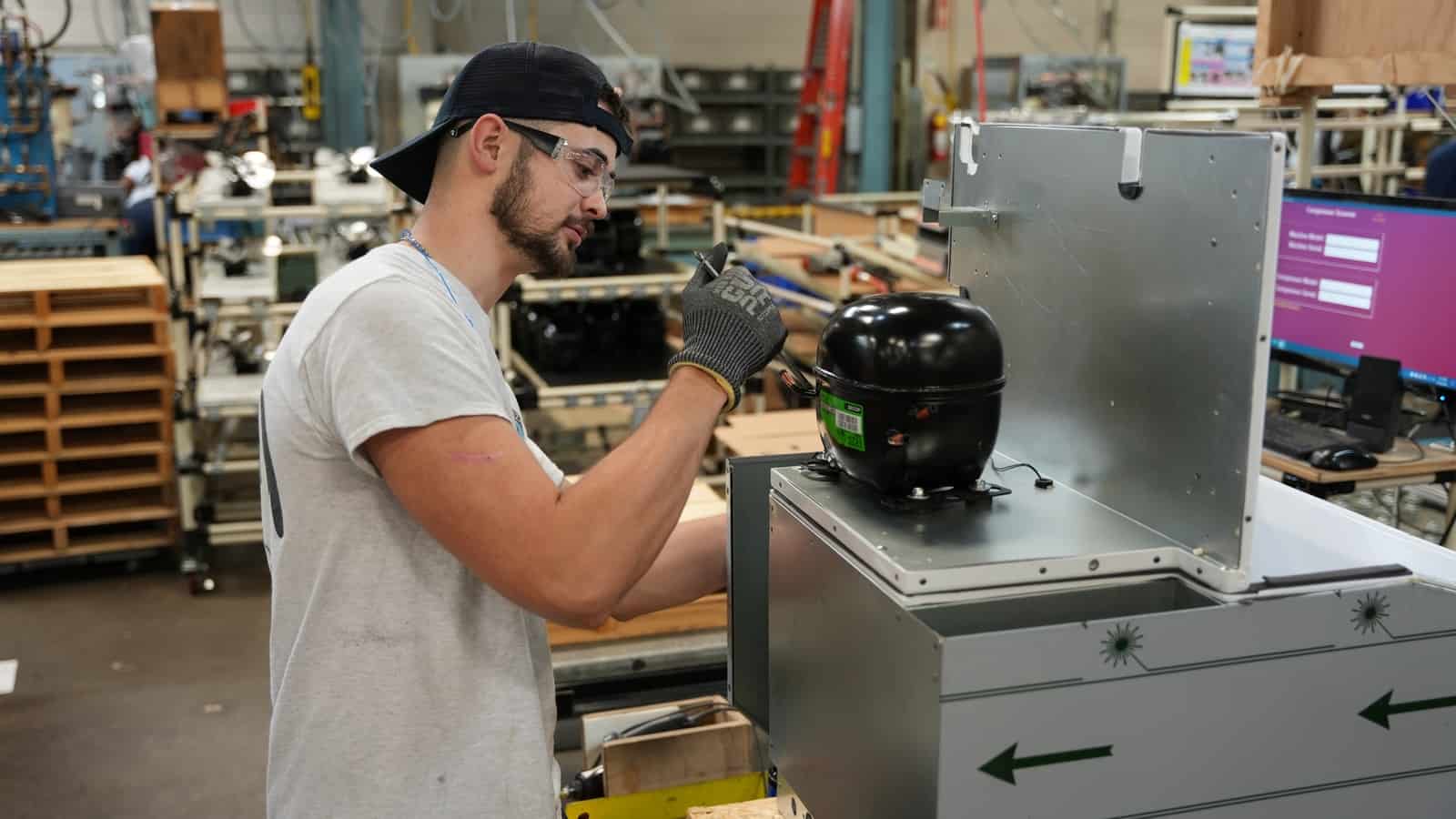Refrigerator Manufacturers Call for a Regulatory Freeze

If you’ve ever found yourself grateful for a cold beverage on a hot day, chances are you’ve got Hoshizaki America to thank. The company was established in Los Angeles, California, in 1981 and is one of the leaders in commercial refrigeration, manufacturing refrigerators and icemakers that are used in hotels, hospitals, arenas, schools and more.
Its manufacturing facility was completed in Peachtree, Georgia, in 1986, and it proudly makes its products in America—but in recent years, that commitment has become much more costly.
The problem: Manufacturers like Hoshizaki America are meticulous in adhering to the energy and environmental standards put forth by federal agencies, including the Environmental Protection Agency and the Department of Energy. However, the increased pace of regulation and a lack of coordination between agencies are making it impossible to keep up, according to Hoshizaki America Compliance Engineer Stephen Schaefer.
- “We have many agencies that we have to talk to and be in compliance with, and right now, we’ve got a lot of things coming to a head all at the same time,” said Schaefer.
- “The Department of Energy is setting minimum energy-efficiency standards, the EPA is saying what refrigerants we’re allowed to use, and we’ve got safety standards being updated. That’s a lot of testing and evaluation.”
The timeline: It isn’t just the volume of work that needs to be done; it’s also the short timelines. Appraisals of the industry’s products used to come every six or seven years, allowing companies to develop new technologies to meet new regulations.
- But now, as different agencies offer different rules on overlapping and shorter timelines, companies are finding it impossible to research, build and test new products in time.
- “We fully agree that there are things we want to do environmentally, but there needs to be time given,” said Schaefer.
The scope: Hoshizaki isn’t alone. Schaefer is chair of the Technical Liaison Committee for the North American Association of Food Equipment Manufacturers, and much of the organization’s membership is experiencing the same challenge.
- According to a recent NAFEM survey of its membership, 66% of the companies indicated that their biggest challenges are the volume of regulations and cost of compliance.
The tradeoff: Schaefer argues that meeting these overlapping and pressing deadlines requires diverting funds that would otherwise be used for innovation. If companies are forced to spend more money figuring out how to meet requirements using existing products, they will have less money to spend on developing new products.
- “When different standards like this go into place, you’re taking away from ingenuity for new products and just making sure that existing products can be sold,” said Schaefer. “It becomes very tough to have newer innovation.”
- In the NAFEM survey, respondents said that if the regulatory burden was eased, they would be able to redirect funds to purchase new equipment, hire more employees, increase wages and benefits and reinvest in their manufacturing business.
The bottom line: “We want to help environmentally in every way possible—to be a good steward for energy efficiency and environmental concerns,” said Schaefer. “But we also want agencies to work together for the same goals, in a fair way that doesn’t impede ingenuity or increase the cost to the end user.”
Read more: Federal regulations are burdening manufacturers disproportionately—costing small companies an average of $50,100 per employee, according to a new NAM-commissioned study.